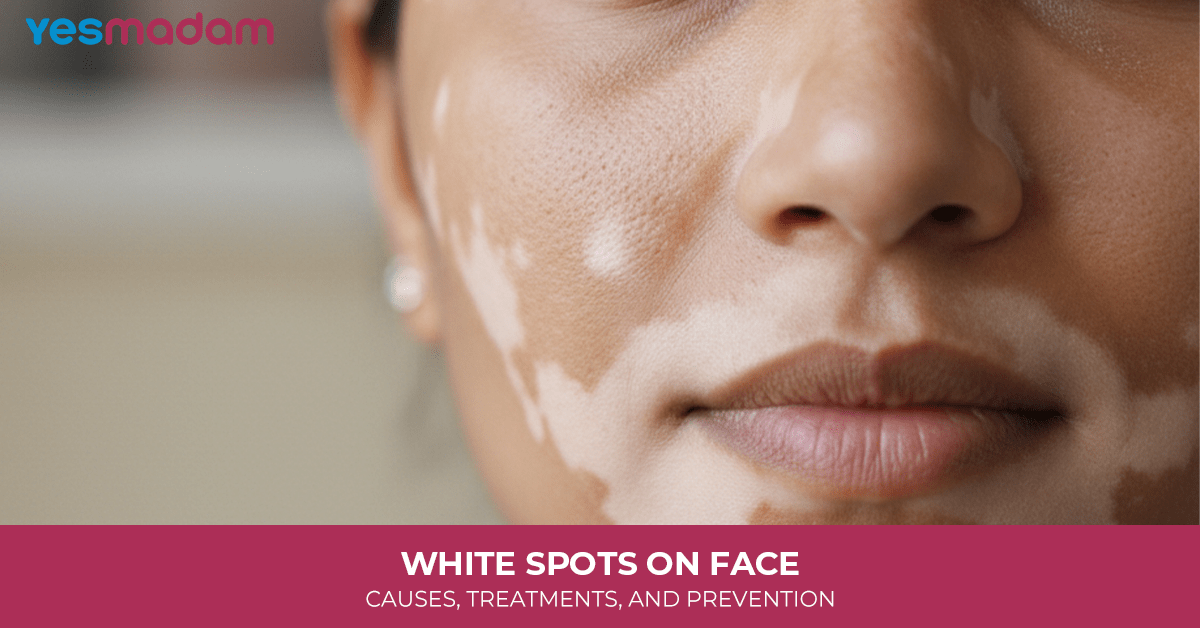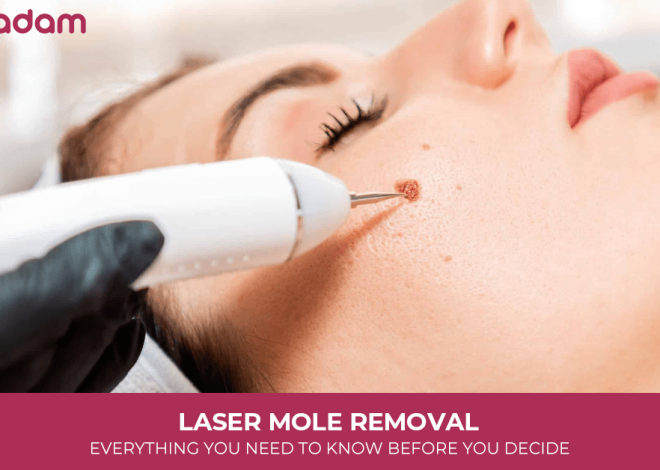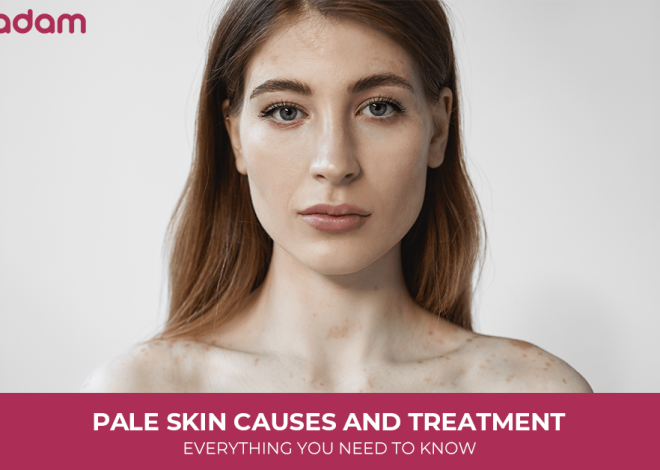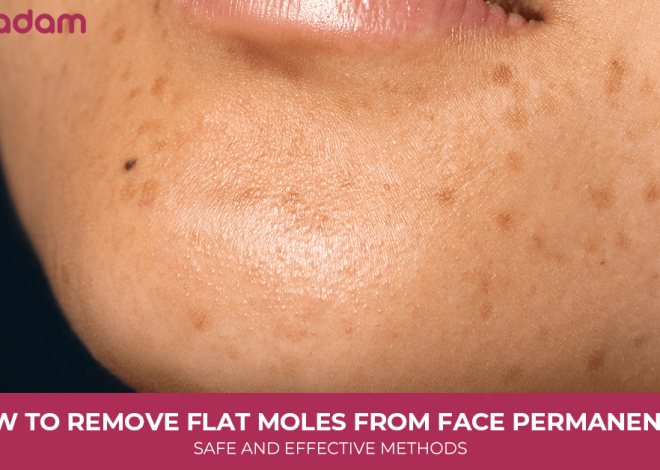
White Spots on Face: Causes, Treatments, and Prevention
Noticing white spots on face can be worrying, especially when they suddenly appear and don’t fade away easily. While some causes are harmless and temporary, others may require medical attention. The good news is, most white spots can be managed or treated with the right approach.
In this blog, we’ll take a deep dive into the possible reasons behind these patches, explore medical and home treatments, and share prevention tips to keep your skin healthy and even-toned. Along the way, we’ll also answer common questions people have about this condition.
Table of Contents
What Exactly Are White Spots on the Face?

White spots are small, lighter patches of skin that contrast against your natural skin tone. They can appear anywhere on the face — cheeks, forehead, chin, or around the eyes. These spots might be flat or slightly raised, dry or smooth, depending on their cause.
For many, the appearance of these spots affects confidence, as they stand out more than other skin imperfections. But to manage them effectively, it’s important to first understand the root causes.
More Information For You: Difference Between Blackheads and Whiteheads
Common Causes of White Spots on the Face
The reasons behind white spots can vary from mild to serious. Let’s break them down:
1. Vitiligo
Vitiligo is a chronic skin condition where pigment-producing cells (melanocytes) stop functioning, leading to white patches. These spots are often symmetrical and can spread over time. Vitiligo is not contagious, but it can affect emotional well-being due to visible skin changes.
2. Tinea Versicolor (Fungal Infection)
A very common reason for white patches on skin, tinea versicolor is caused by yeast overgrowth on the skin. It results in small, scaly spots that can appear white, pink, or brown, depending on your skin type.
3. Sun Damage (Idiopathic Guttate Hypomelanosis)
Excessive sun exposure can lead to tiny white spots, particularly in older individuals. These are harmless but often persistent.
4. Pityriasis Alba
Mostly seen in children and teenagers, pityriasis alba appears as dry, white patches that usually fade with time. It’s linked to eczema and dry skin conditions.
5. Nutritional Deficiencies
A lack of vitamins like B12, D, and minerals such as calcium can contribute to skin discoloration and the appearance of white dots on face.
6. Eczema and Psoriasis
Chronic skin conditions like eczema or psoriasis may sometimes manifest with white patches due to skin cell turnover imbalance.
When Should You Worry About White Spots?
While many causes are harmless and temporary, you should consult a dermatologist if:
- Spots spread quickly or cover large areas.
- They are accompanied by itching, pain, or scaling.
- Home remedies show no improvement.
- There’s a family history of autoimmune conditions like vitiligo.
Don’t Miss: Honey Benefits for Skin
Diagnosis: How Doctors Identify the Cause
A dermatologist typically examines your skin and may run additional tests:
- Wood’s Lamp Examination: Uses UV light to highlight pigment loss.
- Skin Scraping: Helps detect fungal infections.
- Blood Tests: Identify nutritional deficiencies or autoimmune issues.
Proper diagnosis is crucial, as treatment depends on the underlying cause.
Treatment Options for White Spots on Face

Once the cause is identified, treatment can help restore your skin tone or manage symptoms.
Medical Treatments
1. Topical Creams
Steroid or antifungal creams are commonly prescribed for conditions like eczema or fungal infections.
2. Phototherapy
For vitiligo, light therapy can stimulate melanocytes to restore pigmentation.
3. Oral Medications
In severe cases, oral antifungals or immune-modulating drugs may be recommended.
4. Surgical Options
Skin grafting or melanocyte transplants are advanced options for stubborn vitiligo.
Related Blog: Night Care Routine for Oily Skin
Home Remedies and Lifestyle Tips
While medical treatments are effective, you can complement them with natural remedies and preventive habits.
- Aloe Vera Gel: Soothes skin and promotes healing.
- Coconut Oil: Keeps skin moisturized, reducing dryness-related patches.
- Turmeric and Mustard Oil: Traditional remedy believed to stimulate pigmentation.
- Balanced Diet: Ensure adequate intake of vitamins and minerals to support healthy skin.
Preventive Measures for White Spots
Prevention is always better than cure. Simple steps can reduce your risk of developing white patches:
- Always use sunscreen to protect against UV rays.
- Maintain a skincare routine with gentle cleansers and moisturizers.
- Eat a nutrient-rich diet packed with antioxidants.
- Stay hydrated to keep skin healthy.
- Manage stress, as it can trigger skin conditions like vitiligo.
Lifestyle and Psychological Impact
It’s important to acknowledge that white spots aren’t just a physical concern. They can also affect confidence and self-esteem. Many people may avoid social interactions or use heavy makeup to cover them. Support groups, counseling, and positive lifestyle habits can help manage the emotional aspects.
Conclusion
Seeing white spots on face can feel alarming, but in most cases, they’re manageable with the right care. From fungal infections to vitamin deficiencies or autoimmune conditions, the causes vary widely, but so do the treatments. A proactive approach—balanced diet, skincare, sun protection, and timely medical consultation—goes a long way in keeping your skin healthy and even-toned.
Remember, while appearance matters, your self-worth isn’t defined by a few spots. Treat them with care, consult professionals when needed, and focus on overall skin health.
FAQs
1. Are white spots on face permanent?
Not always. Some conditions like pityriasis alba or fungal infections are temporary and fade with treatment. However, in cases like vitiligo, spots may persist but can be managed with medical care.
2. Can stress cause white spots on skin?
Indirectly, yes. Stress can worsen autoimmune conditions like vitiligo and trigger flare-ups of eczema or psoriasis, leading to white patches.
3. Do home remedies really work for white spots?
Home remedies like aloe vera or coconut oil can soothe and improve skin health, but they’re not a cure. For accurate treatment, professional medical advice is essential.
4. Is vitiligo contagious?
No, vitiligo is not contagious. It’s an autoimmune condition where your body attacks pigment-producing cells.
5. Can white spots on face be a sign of vitamin deficiency?
Yes. Deficiencies in vitamins like B12 or D, and minerals like calcium, can contribute to discoloration and white patches.
6. Do children commonly get white spots?
Yes. Children often develop conditions like pityriasis alba, which cause harmless white patches that usually resolve with time and good skincare.
7. Can sunscreen prevent white spots?
While sunscreen cannot prevent all types of spots, it protects against sun-induced conditions like idiopathic guttate hypomelanosis, reducing risk.
8. How long does it take to treat white patches on face?
It depends on the cause. Fungal infections may clear in weeks, while conditions like vitiligo may require ongoing management.
9. Should I avoid makeup if I have white spots?
Not necessarily. Makeup can be used safely to conceal spots, but always choose non-comedogenic, hypoallergenic products to avoid irritation.
10. When should I see a doctor about white spots?
If spots spread quickly, cause discomfort, or don’t improve with home remedies, consult a dermatologist for proper diagnosis and treatment.



